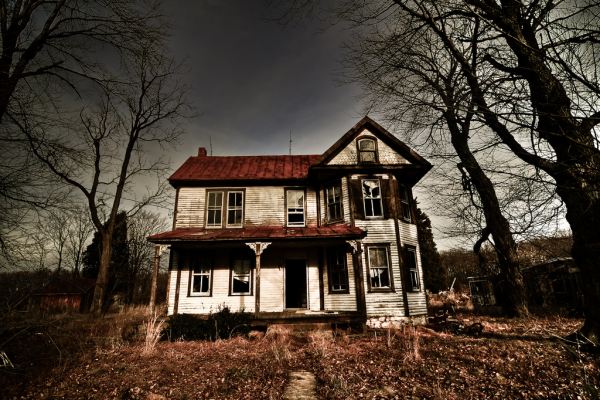On today’s open thread Sweet Pea asks:
My parents have been casually looking to buy their retirement home and have encountered houses that have been vacant for a year or more. Just wondering if there has been conversation on here about what happens to that inventory? Maybe it’s not trashed by vandals like some in other cities, but just slowing rotting
At what point does it warrant a huge markdown, realistically? What are the physical effects of something sitting unused for a year or more?
That’s a great question. That’s something we haven’t really talked about on here before. I know from what I’ve seen on my home searches that the vacant homes that stay on the market for a long time are usually bank owned.
One thing I’ve seen in every single bank owned home I’ve looked at is that they’ve all been winterized. This is a process where they shut off the water and drain the entire system so they don’t have to worry about freezing pipes in an unheated house over the winter.
Winterizing keeps one problem at bay, but obviously wouldn’t do anything to prevent roof leaks, clogged gutters (which lead to leaks) insect damage, animal intrusion, or a host of other issues from developing due to the lack of maintenance.
As for when a huge markdown is warranted, from what I’ve seen banks are often very willing to negotiate on price once a listing has sat on the market for about nine months or more, especially if that includes the spring and summer.
I don’t think there is necessarily a specific date at which a listing becomes “ultra-stale” and automatically warrants a big discount off the listing price, but definitely if sitting empty has caused any of the above problems to crop up, you’re going to have a lot stronger argument for a reduced price.
Have any of our other readers had experience with long-empty homes? What other problems have you seen, and when have you been able to get a big discount?
